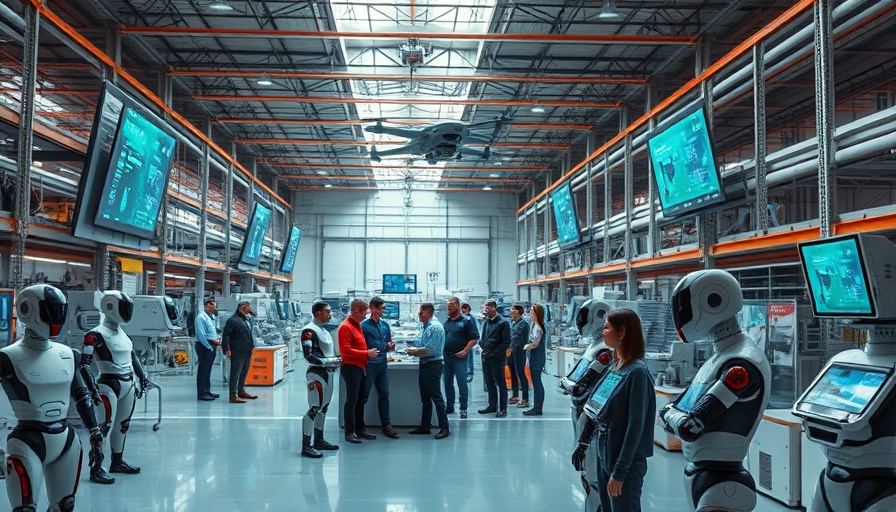
The Rise and Stall of AI Adoption
Artificial Intelligence (AI) has experienced a meteoric rise in popularity, particularly following the release of advanced models like ChatGPT-3.5 in late 2022. Once seen as the cornerstone of future work, early 2025 has revealed a starkly different reality. According to the Slack Workforce Index, AI adoption rates among employees have flatlined, indicating that many are struggling to integrate this transformative technology into their workflows.
The Challenge of Practical Uses
At the center of the slowdown is a profound disconnect in understanding how to implement AI effectively. Research from IDC suggests that a staggering 45% of companies deem AI implementation a major challenge, with 37% of decision-makers expressing skepticism about its potential. Christina Janzer, Slack's senior VP, notes that far too much responsibility is placed on workers to learn and experiment with AI independently, stunting its integration into everyday tasks.
Microsoft's Gamble on AI and Its Decrease in Data Center Investments
Even tech giants like Microsoft are reevaluating their commitment to AI. Recent reports indicate that the company has significantly reduced its data center operations, suggesting a lack of confidence in the future growth of AI applications. With substantial financial backing, Microsoft’s CEO Satya Nadella has voiced doubts about the existence of a 'killer app' that would make AI indispensable for businesses. This hesitance reflects broader industry concerns about the real-world applications of AI, driving companies to reassess their investment strategies.
Statistics Highlighting Skills Gaps in AI Adoption
Many essential AI projects are stymied by a lack of skilled personnel. Trending insights reveal that 60% of organizations report a shortage of qualified talent as the primary obstacle to AI success. In particular, the 2025 Planning Insights from Precisely and Drexel University reveal a consistent pattern: as organizations push for data-driven strategies, the shortage of employees equipped with AI competencies is widening. This skills gap represents a significant barrier to harnessing data's full potential.
The Path Forward: Overcoming AI Challenges
The road to successful AI adoption does not solely depend on technology but also on holistic training and adequate support for employees. As noted in the Microsoft Cloud Blog, fostering an open culture of experimentation and training can significantly enhance AI integration. Organizations are called to urgently address these skill shortages, investing in training programs that will prepare their workers for the evolving demands of AI technology.
Inspiration for Business Leaders
This AI stagnation serves as a wake-up call for corporate leaders. They must not only recognize the potential of AI tools like Copilot but also commit to building an internal landscape where employees feel empowered to use these resources effectively. Engagement, practice, and ongoing dialogue about AI can lead to a beneficial partnership between humans and machines, enhancing productivity in the workplace.
Conclusion: Embrace AI Challenges for Long-Term Gains
The AI revolution is far from over; rather, it is undergoing a critical phase of development. While the hype may be fading, the potential for AI to transform industries remains. For those willing to invest in understanding and training, the long-term benefits could be enormous. Companies must act swiftly to align investment in AI with employee empowerment, ensuring they are equipped to innovate in a competitive landscape dominated by technological advancements.
 Add Row
Add Row  Add
Add 




 Add Row
Add Row  Add
Add 

Write A Comment